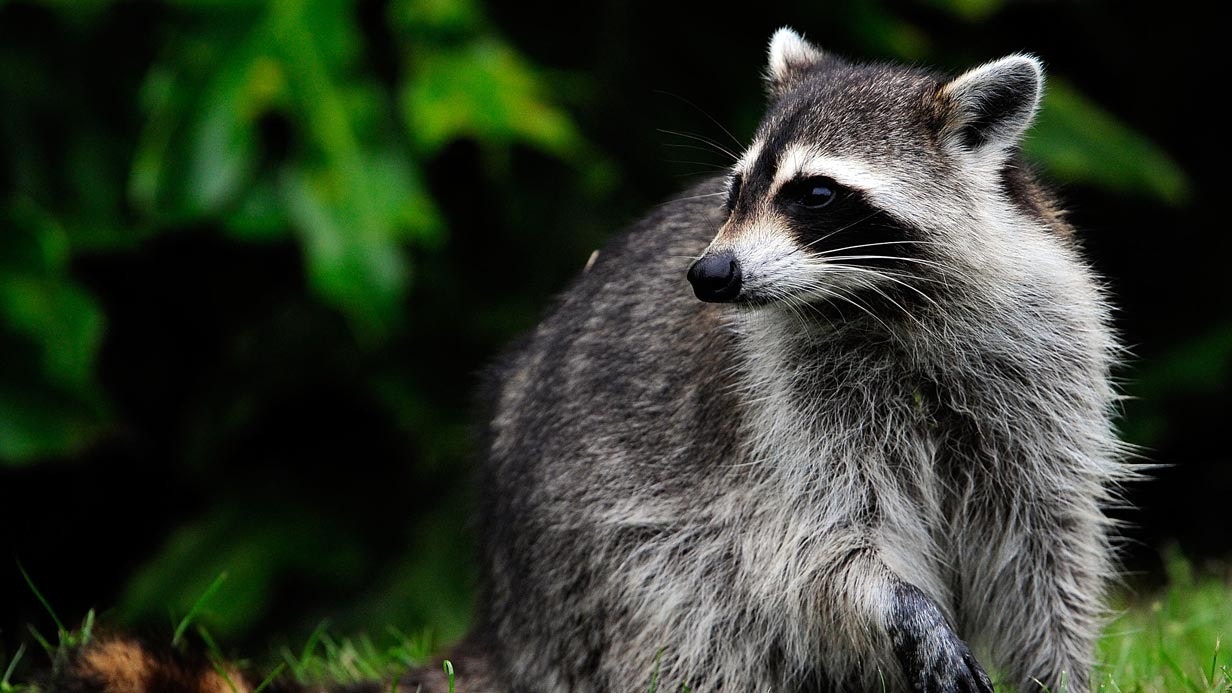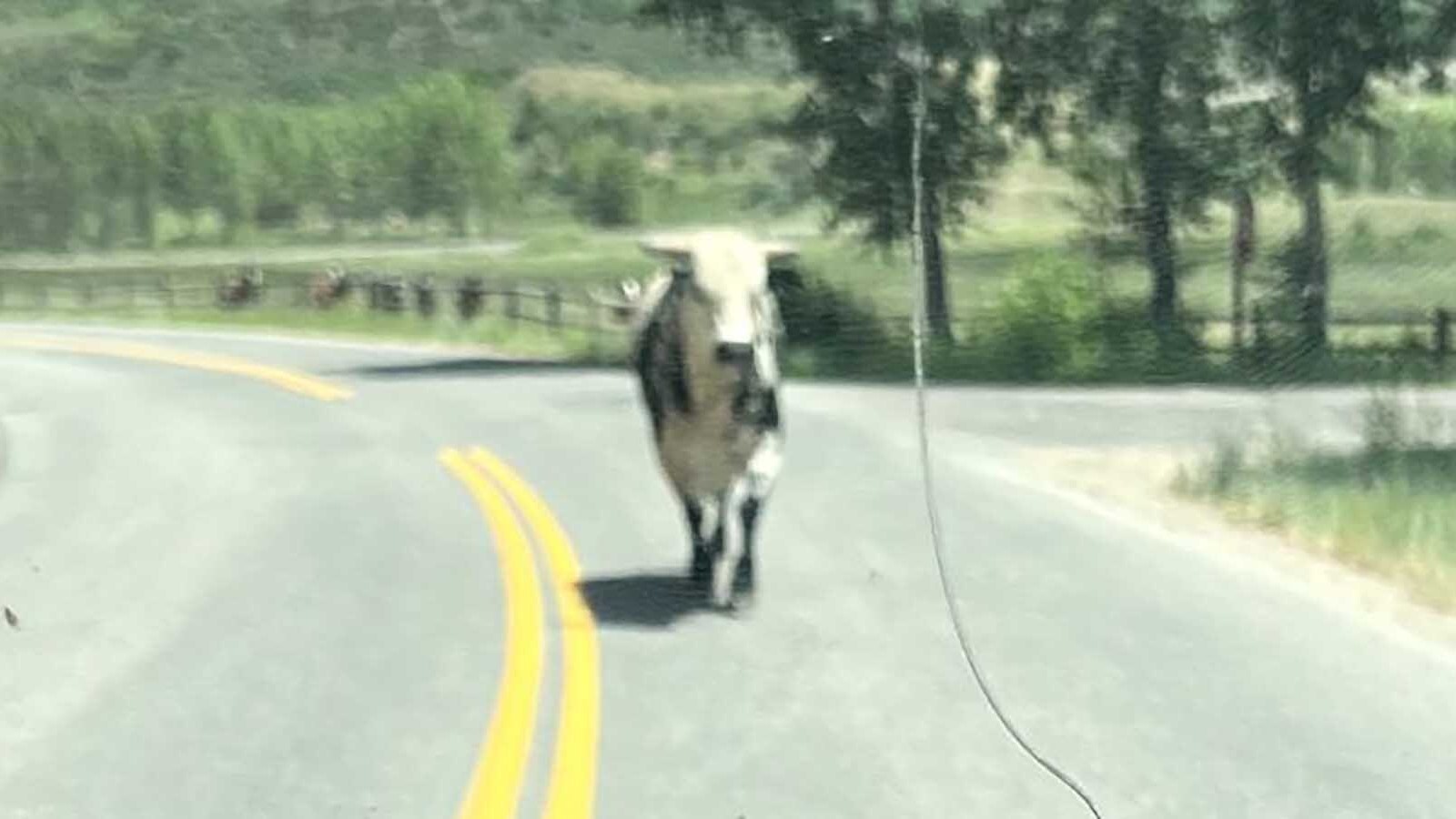Even as the Eastern U.S. struggles with a raccoon rabies epidemic, a Lander trapper said he can recall a time when the critters were scarce in Wyoming, though that’s no longer the case.
Todd Fross said he’s trapped some “gigantic” raccoons in recent years, mostly around Riverton and Powell.
“I’ve got three (pelts) in my shed right now,” he told Cowboy State Daily on Friday. “From the tail to the nose, they must be 36 inches. The fur is really thick, really beautiful.”
He’s even sold some of the better pelts to Russians.
“They used the raccoon fur to line the hoods in women’s coats,” Fross said.
The current state of global affairs has shut that market down for now, he said, but he hopes it picks back up again.
Raccoon pelts weren’t easy to come by in Wyoming when his father taught him how to trap in the 1950s and early1960s, Fross said. Raccoons started becoming more common here in the 1980s and have increased since.
People over the decades have drawn raccoons in with crops, garbage, pet food and other temptations, Fross said. Now the critters are plentiful, especially around settled areas.
“Raccoons are like liberals,” he told Cowboy State Daily. “As soon as it gets really prosperous in an area and there is a lot of food for them, they show up.”
Big Rabies Problems Back East
The raccoon rabies strain hasn’t taken hold in Wyoming, disease experts told Cowboy State Daily. Skunks and bats are the primary rabies carriers here.
The Eastern U.S. has been struggling with a mushrooming raccoon rabies epidemic for decades, according to a recent article in The Atlantic magazine online. The epidemic is thought to have started in Florida and has since spread as far north as the Canadian border and as far west as Ohio.
Officials in the East have resorted to air-dropping millions of oral rabies vaccine packets each year, the Atlantic said. The packets entice raccoons with two flavors; fish and vanilla.
Skunks and Bats Are The Rabies Carriers Here
Rabies isn’t prevalent in Wyoming’s raccoons, and there’s little evidence the Eastern raccoon rabies epidemic will keep up enough steam to reach this far west, two Wyoming disease experts said.
“(The wildlife oral vaccination program) continues to be successful in preventing the westward expansion of the raccoon rabies variant from the Eastern US,” Dr. Emily Curren told Cowboy State Daily in an email. She’s the state public health veterinarian with the Wyoming Department of Health.
“The skunk strain of rabies is the most common terrestrial rabies variant in Wyoming,” she said.
“It (skunk rabies) does tend to be more concentrated in the north,” Curren added. “In counties such as Big Horn, Sheridan, Johnson and Campbell, and in the east, in Laramie and Goshen counties.”
Rabies occasionally infects bats in Wyoming, wildlife disease biologist Michael Pipas told Cowboy State Daily. He works for the USDA Wildlife Services.
“Bats can sometimes bite people,” he said. “You have to be extremely cautious if you need to remove a bat from your home.”
Rabies is almost always fatal in humans unless a bite victim is vaccinated immediately. Wyoming’s only known rabies fatality was a Lander woman. She died weeks after being bitten by a bat that flew into her home in August 2015, according to news reports from the time.
The woman was not named in the reports. Cowboy State Daily columnist Bill Sniffin, who lives in Lander, said she was Karen Farthing, whom he knew.
In extremely rare cases, humans can become infected by breathing in rabies from bats, Pipas said.
“If, for example, you were to go into a cave that was populated by bats, and some of those bats were rabid, it (the rabies virus) could be there in aerosol form,” he said.
Vicious Cycle of Nature
Fross said that in addition to trapping in the wild, he sometimes traps troublesome creatures, including skunks and raccoons, around settled areas.
Traditional leg-hold traps typically don’t work in those situations, because they’re too dangerous to dogs, he said.
Instead, for raccoons, he uses “dog-proof” devices that entice racoons to reach for bait with their front paws into a tube with a trapping mechanism inside.
After decades of chasing wild critters around, Fross said he doesn’t recall ever snaring a rabid animal.
“If in animal is sick out there (in the wild), it won’t last very long. Something else will eat it,” he said. “I know coyotes seem to like eating skunks. I guess it’s like Mexican food for coyotes, because to them, it’s spicy.”





